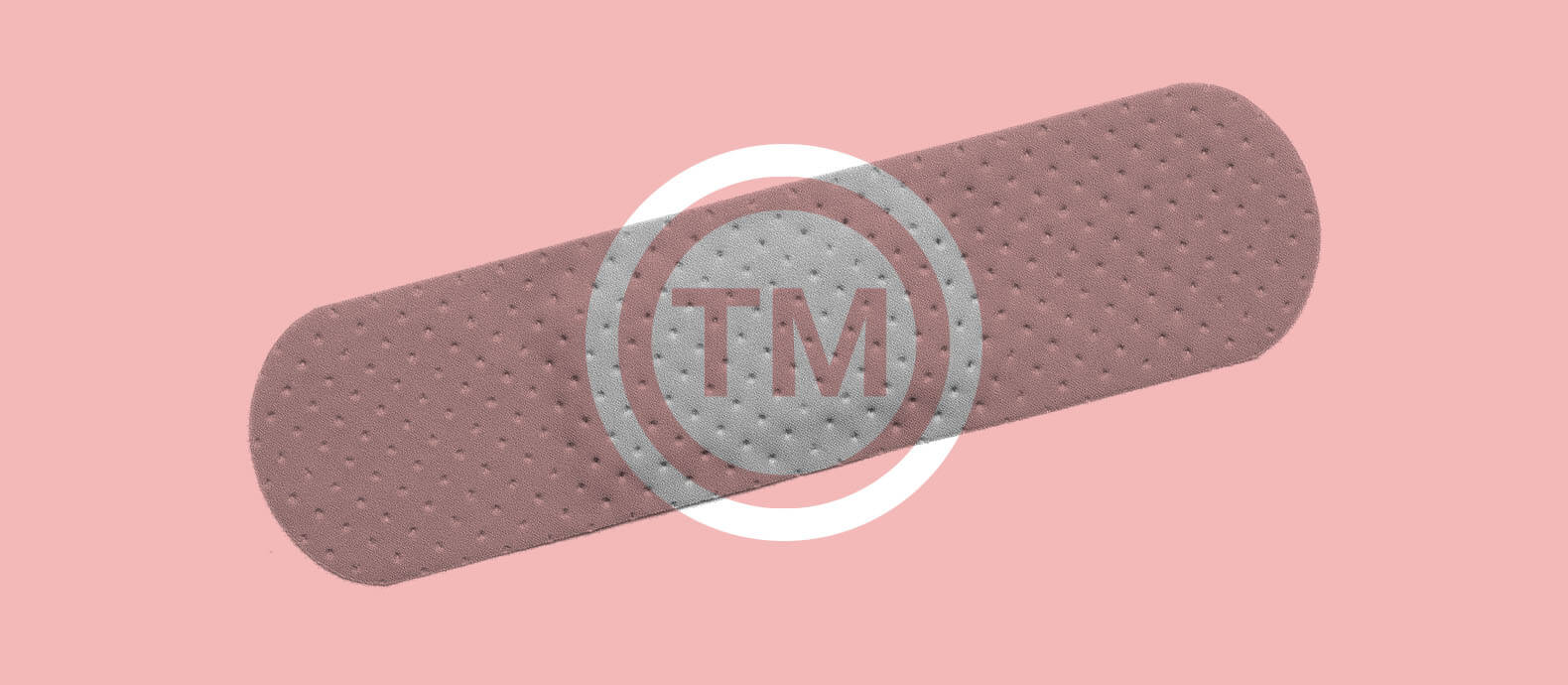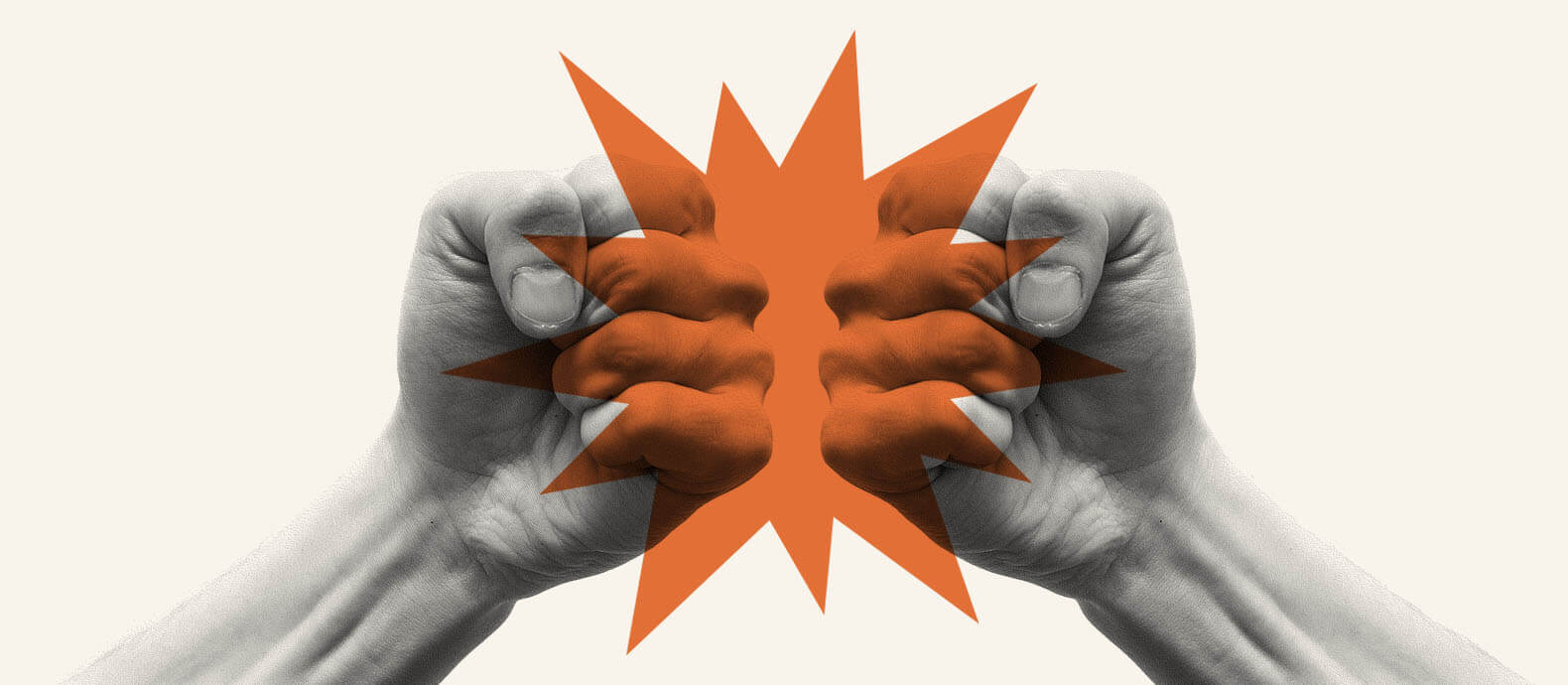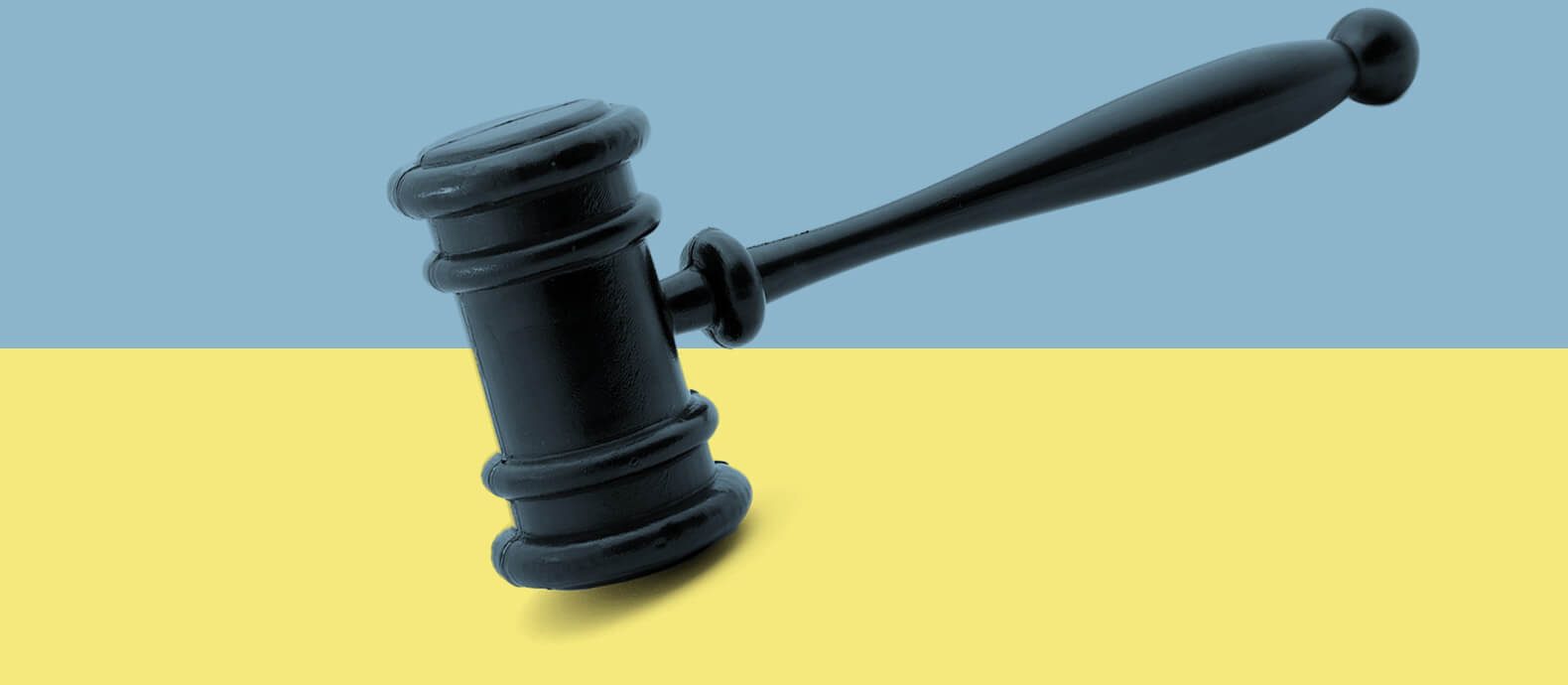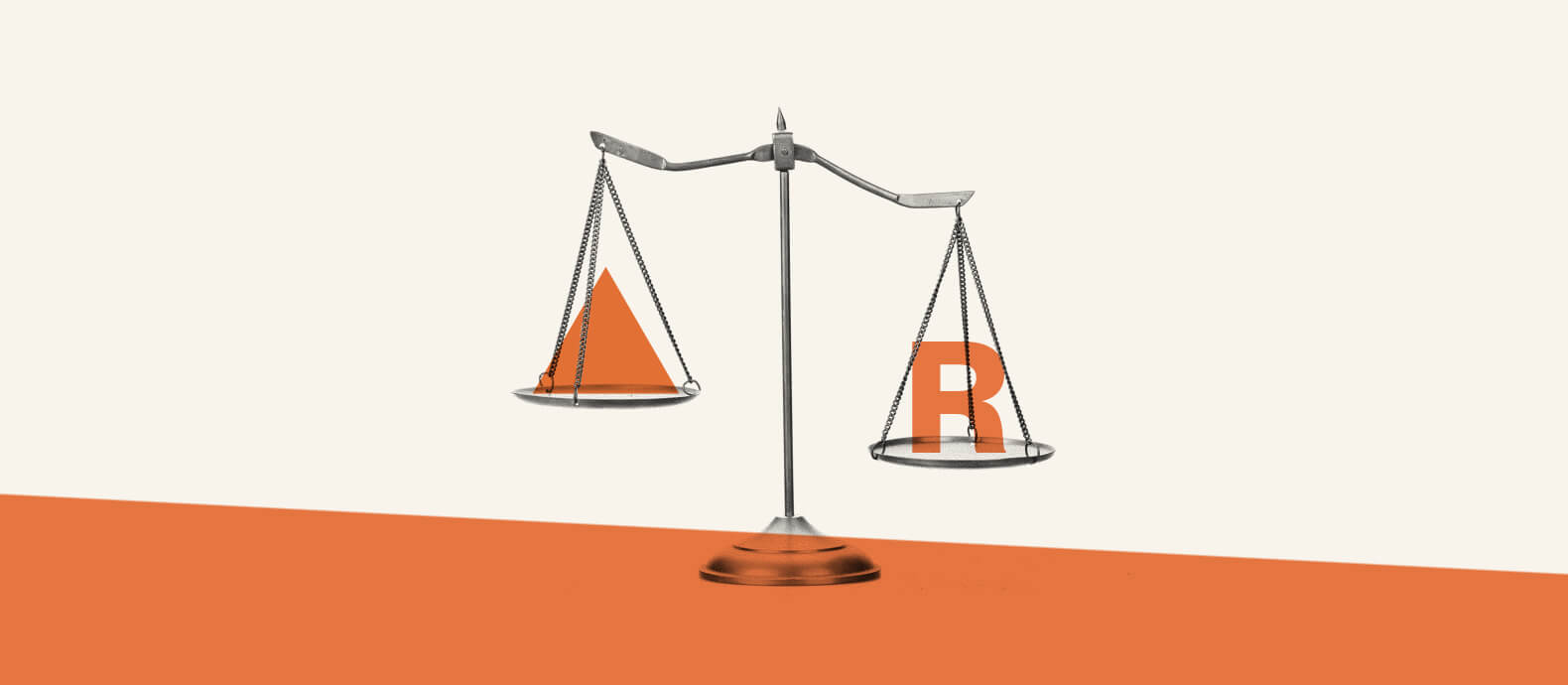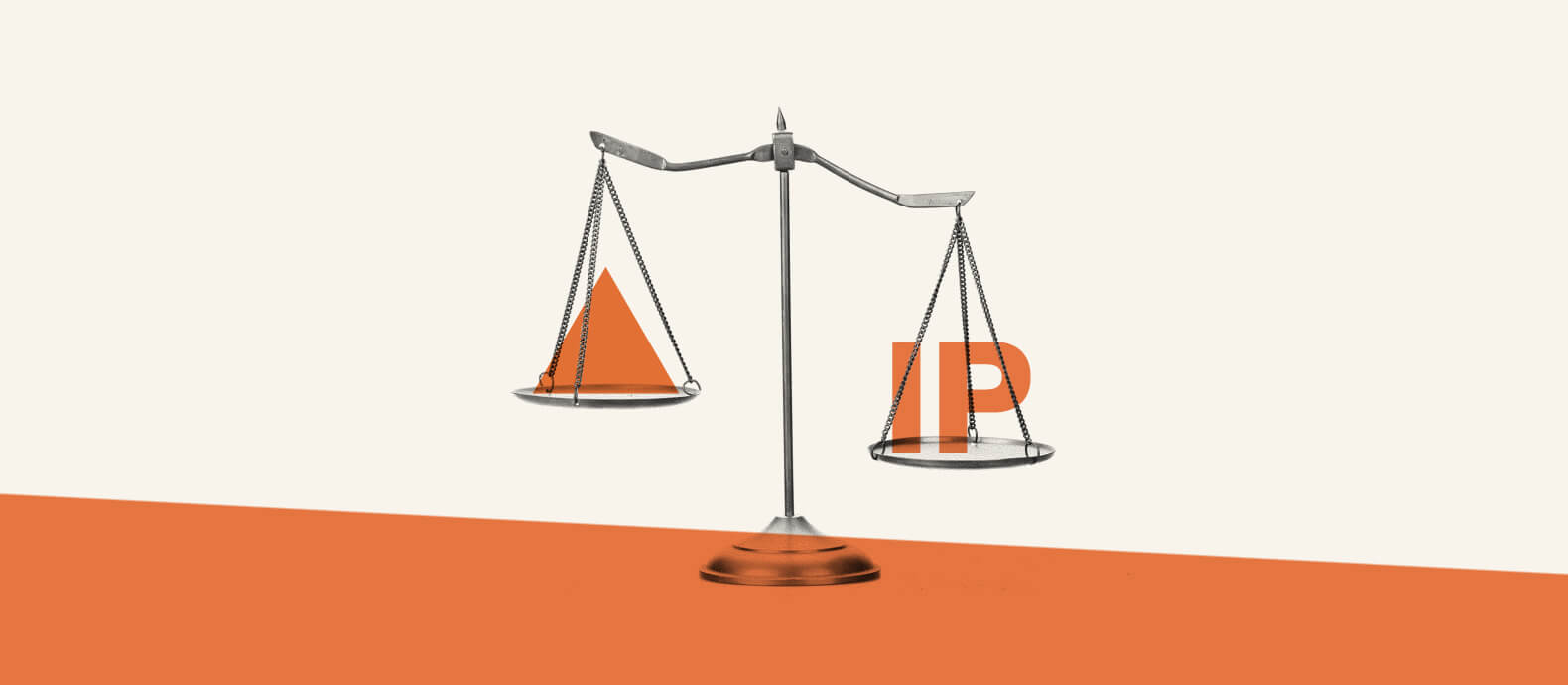Trademark infringement is a serious issue that often leads to litigation. When someone uses a trademark without authorization this can amount to infringement. If your business suffers from trademark infringement you may want to commence litigation against potential infringers to protect your reputation and your revenue.
Before you start a legal action it is important to consider the costs, the potential remedies and the evidence. One of the main reasons businesses pursue infringers in the courts is that it is a reliable and effective way to recover money in the form of trademark infringement damages.
In this blog we’ll be exploring a variety of topics concerning trademark infringement damages, including:
- Key factors to determine trademark infringement damages
- What are the damages for trademark infringement?
- Factors considered when awarding damages
- Why trademark infringement damages matter to your business
- Fighting back against counterfeiters: Red Points’ Revenue Recovery Program
Key factors to determine trademark infringement damages
Trademark infringement damages are highly dependent on the nature of the infringement, the extent of the harm caused, the loss suffered, the type of damages sought and the overall circumstances of the case. When examining the key factors determining trademark infringement damages we must first look at the various types of damages available.
What are the damages for trademark infringement?
The Lanham Act, which governs Trademark law in the United States, provides for five types of trademark infringement damages. These include:
- Actual damages
The wronged party can receive trademark infringement actual damages if they prove that the infringement caused actual confusion to consumers which resulted in actual economic loss. Evidence such as consumer surveys, revenue data and diverted sales would be used to support this claim.
- Treble damages
If the plaintiff elects actual damages they can also receive treble damages if they can establish there has been wilful counterfeiting of the trademark. On this matter the court has discretion. These may be awarded, with the courts discretion, in addition to attorney’s fees. Treble damages means treble the original calculated damages. Clearly, this is the optimal outcome for a party who believe they have been seriously wronged.
- Reasonable royalties
Reasonable royalties is about the amount of money the wrongdoer should have paid the trademark owner if they have licensed the trademark in the proper way. The court will have discretion as to how this “licensing fee” should be calculated. Often they will seek to determine the value and then assess damages accordingly, with reference to the number of trademark infringements.
- Profits from infringement/ Disgorgement of profits
Another type of trademark infringement damages is disgorgement of profits. This kind of damages is about taking all the unfairly earned profits away from the wrongdoer and giving them to the plaintiff. The profits of the infringing party can also be used to measure the trademark owner’s loss of revenue.
- Attorneys’ fees in exceptional cases
The Lanham Act also enables the winning party to recover attorneys’ fees in ‘exceptional cases’. While the act does not define the meaning of “exceptional cases” most courts have held that such damages can be recovered if infringement is proven to be fraudulent, willful, or malicious.

Factors considered when awarding damages
When awarding damages the court will consider a variety of factors, including:
- Willfulness of infringement
Was the infringement an accident? Was the infringement intentional? If the infringement was intentional, to what degree? These are the kinds of questions the court will be asking when considering the award of damages. If intent and willfulness is proven then this will likely increase the amount of damages awarded to the wronged party.
- Severity of infringement
What loss has the trademark owner suffered? How serious was their loss as a result of the infringement? To what extent may the infringement lead to further or wider infringement? The severity of the trademark infringement will also be factored into the overall assessment of damages. If the infringement is severe then the court may be more likely to award substantial damages.
- Length of infringement
How long was the infringement? Was it an isolated incident or part of a series of events? Was it a sustained infringement? The court will also consider the timeline of the infringement. The length of the infringement will impact the courts assessment of the loss suffered and whether or not the infringement was intentional.
- Remedial actions taken by the infringer
Has the infringer taken any steps to mitigate the effects of their actions? The court will consider the actions of the infringer before making an award of damages. Beyond showing remorse, has the infringer attempted to provide a remedy or any remuneration following the trademark infringement. If so, the award of the damages is likely to be lowered to account for this.
Why trademark infringement damages matter to your business
Trademark infringement damages matter to your business because they can affect your revenue and your reputation. If you win your trademark infringement lawsuit the court will usually give you an award of damages. Depending on the factors discussed above, these damages may be rather significant. In fact, they may help to restore you to the position you were in before the trademark. If the infringement was wilful or malicious you may receive even more damages, which may put your business into an improved financial position.
Trademark infringement damages are also a tangible message to infringers and potential infringers that they should not target your business. Through successful legal action you will develop a reputation as a professional outfit that will proactively defend trademarks.
Trademark infringement damages will also serve to punish the wrongdoers. This will leave them with less resources to use against you and will deter other wrongdoers from attacking your brand.
Fighting back against counterfeiters: Red Points’ Revenue Recovery Program
If bad actors are using not only your trademark but selling counterfeit products, Red Points’ Revenue Recovery Program can help you fight back and successfully attain significant trademark infringement damages. Our solution has worked effectively for many businesses over the years via three simple steps:
1. Target infringers
We use automated bots to crawl the web and uncover high-profile trademark infringers. They are empowered by machine learning which means that they get smart and more accurate with every search.
2. Build a case
Once we’ve found the infringers we will help you start to build a case by collecting the relevant data and evidence. This information will be key for your success in any trademark lawsuit further down the line.
3. Get compensated
Our partners will then undertake legal action on your behalf. They will freeze the accounts of the infringers and recover revenue through a lawsuit. Their aim is to get you compensated as soon as possible and ensure that you are protected for the future.
They work on a contingency basis which means they will only receive payment if they win the case or achieve a favorable settlement. This ensures that there is no upfront payment or extra costs. With a 100% success rate, and an average recovered compensation fee of $120,000, we are trusted to get the best for our customers.
What’s Next
For a business plagued by scammers and wrongdoers, trademark infringement damages can be the difference between success and failure. Trademark litigation can often be lengthy and complex but with Red Points you can be sure that you will receive a quick and helpful solution.
Before embarking on your litigation journey it is important to consider the types of damages you are seeking, the strength of the evidence you have against the alleged infringer and the overall outcome you desire.
Once you’ve considered these elements you can turn to Red Points to help you with the rest of the trademark infringement litigation process. To learn more about how the Revenue Recovery Program can help you, get in contact with us today.



